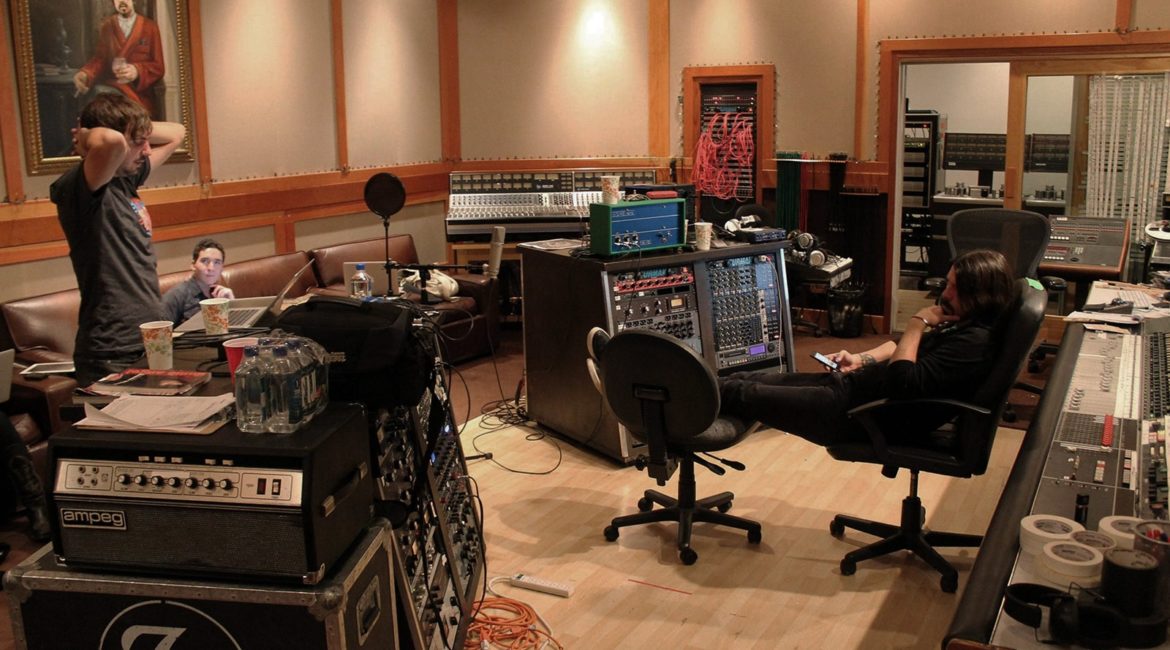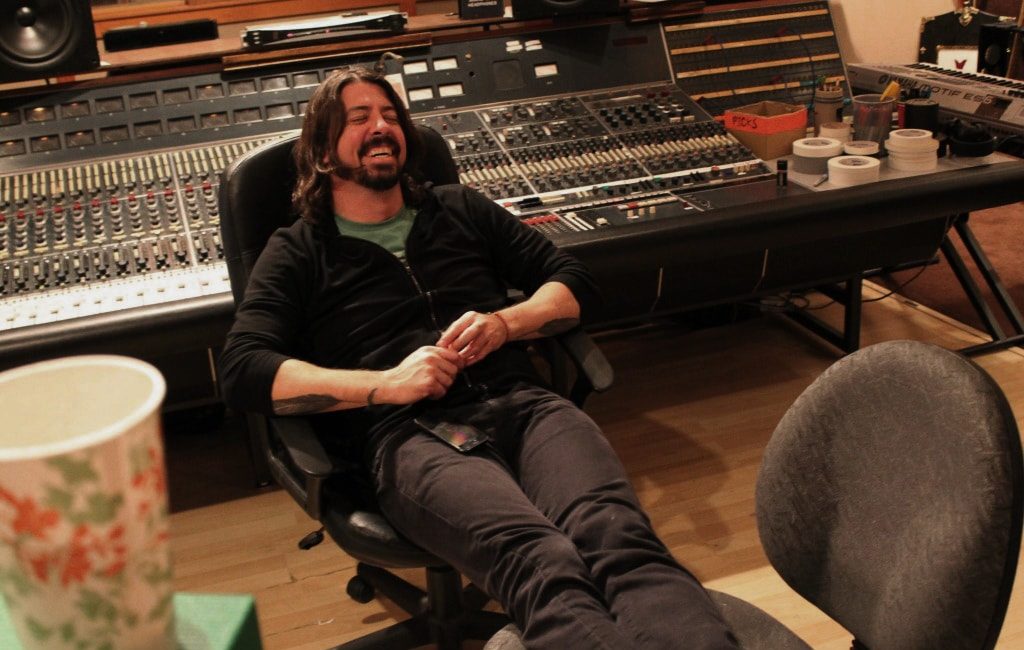



Foo Fighters Sound Studio | Acoustic HVAC System
The Foo Fighters‘ famed recording studio, Studio 606, has been the talk of rock fans for ages. Upon moving the studio to Northridge, CA, the Foo Fighters embarked on a series of facility upgrades to improve the overall performance and physical environment of the commercial facility. One of the top priorities of a sound studio or recording facility is to ensure that artists are able to perform in the conditions of the surrounding environment for hours in length, sometimes even approaching full days. Doing such under hot studio lighting and extensive thermal emissions from energy-consuming computer systems and equipment—not to mention the body heat produced by multiple energetic rockstars in a confined space—can be a significant challenge.
The HVAC system design must not only be capable of providing significant airflow to cool the equipment and crew, but it also must do such without significant acoustic output. While noise-conscious, cooling systems are not typically designed for exceedingly low auditory emission—doing such can often be expensive and potentially impactful on performance, if not designed by a capable MEP. With a project history that includes sound stages, auditoriums, and other noise-controlled environments, the Foo Fighters’ Studio 606 renovation project enlisted the services of our team of consulting engineers for the HVAC system design of the facility.
Attentive to the unique acoustic needs of a sound stage environment, California Energy Designs set out to plan, design, and guide implementation for a high-performing, noise-reduced HVAC system for Studio 606. From the control room to the sound stage itself—and even the accompanying awards and equipment storage areas—our team utilized the latest in HVAC technologies, along with an innovative design approach, to facility noise control, sound dampening, and acoustic management of the HVAC system.
Specifically, the HVAC system design utilized multiple “Sound Trap” (also called a “Doghouse”) devices, Duct Silencer systems, sound-absorbing acoustic surfaces, and structural design features including Kinetics Isolation suspension, to reduce acoustic output and control system noise emissions. Mechanical engineers will certainly be familiar with the above terminology, but for those who are not apprised of such systems, we’ve included the following glossary.
- A “Sound Trap” or “Duct Silencer” is a protective housing for Heating, Ventilating, and Air-Conditioning (HVAC) equipment. A passive noise-control device intended for the acoustical treatment of ductwork, Sound Traps effectively weaken the noise energy of air movement and fan emissions by introducing resistance to incoming sound waves, reflecting sound back to its source. Utilized in combination with sound-absorbing materials within the trap itself, the Sound Trap can not only reduce noise-transmission, but it can also be designed to tune out specific frequencies.
- Acoustical Surfaces & Noise-Dampening Materials are specialty substances designed to absorb, insulate, dampen, or deflect noise as desired by the system design engineer. Ranging from foam to fabric and spray coatings, such materials allow mechanical engineers to control, reduce, and direct sound where it may be better suited.
- Kinetic Isolation Suspension techniques utilize a system of hangers, springs, and pads to physically suspend equipment and isolate the resulting noise from vibrations within the suspended mechanical equipment.
California Energy Designs utilized Casco’s Silent Flex equipment, IAC Duct Silencers, and QuietCoat spray products in our mechanical designs for the facility. The resulting design of the Noise-Damped HVAC-System Acoustics ensured the equipment could perform its heating, cooling, and ventilation duties without any noise disturbance that could potentially be picked up by the recording equipment.
••
For more information on the sound-dampening technologies and materials used, please see the Casco, IAC, and QuietCoat company websites.